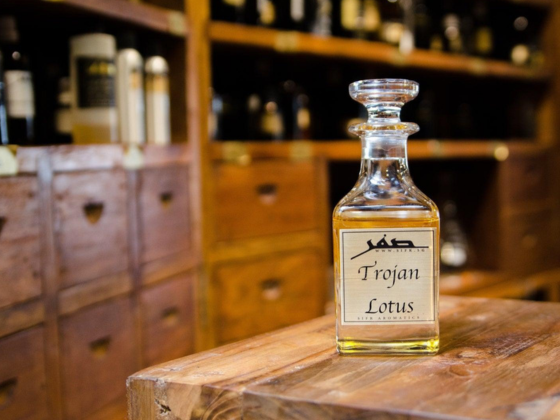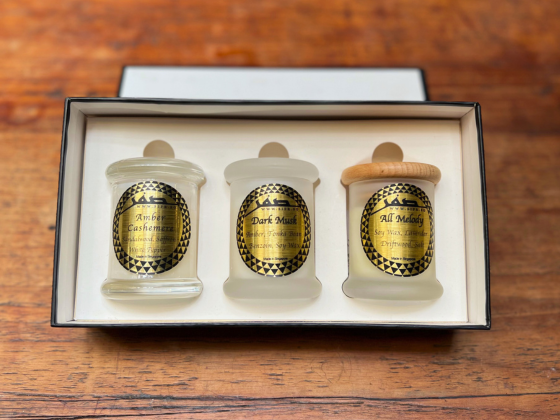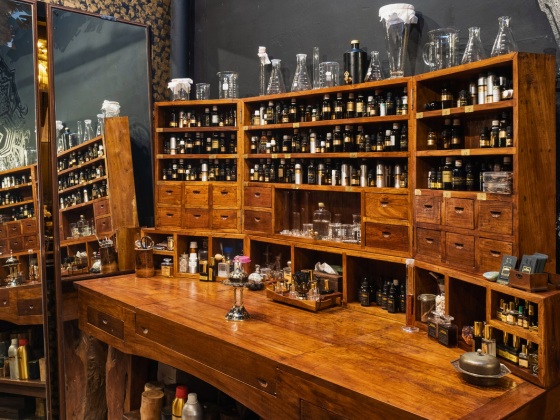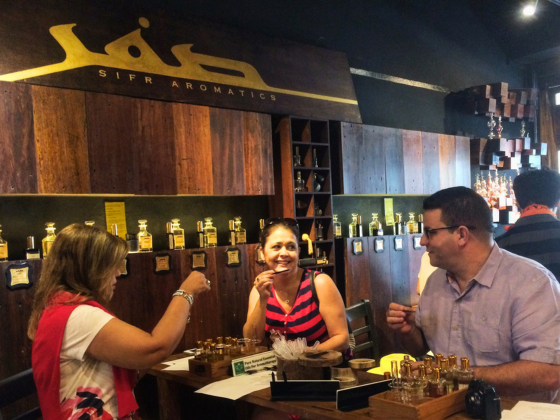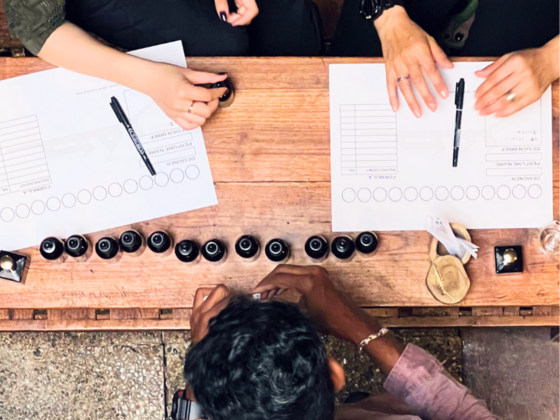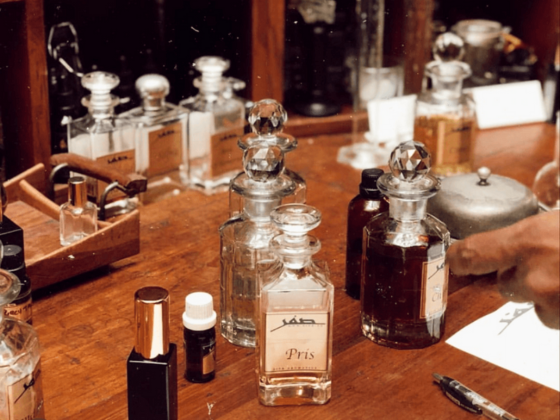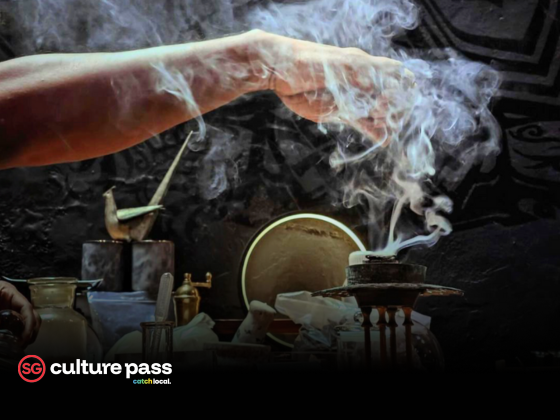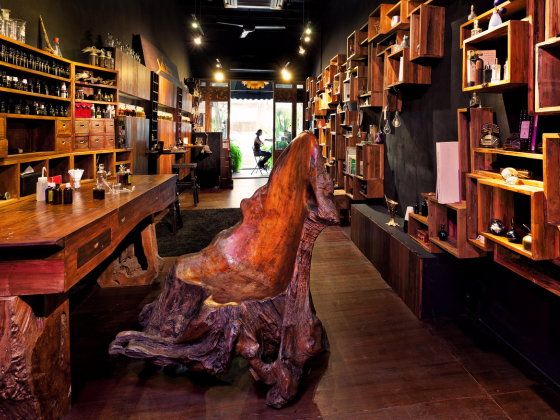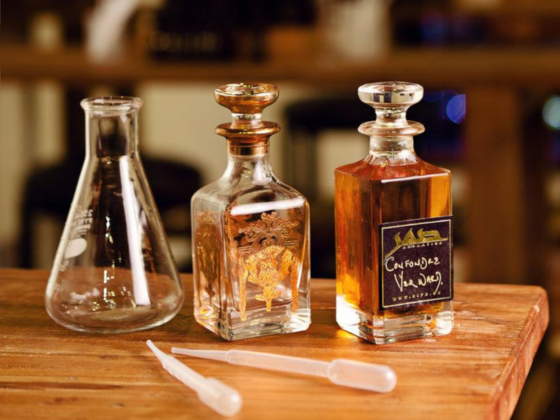
There’s a quiet tension in every street lined with old shopfronts. As neighbourhoods evolve, heritage businesses like ours face rising rent, shifting consumer habits, and a growing race for what’s “new.” It’s precisely because of these pressures that we believe heritage matters even more.
The persistently changing landscape of Kampong Gelam has reshaped the way we work, and why we’re still here. Because adapting and holding on to what makes this place, this neighbourhood worth remembering.
The Persistently Changing Neighbourhood
From the early 2000s to 2010s, Kampong Gelam and the greater Bugis area had a distinct rhythm. You’d find thrift stores tucked between record shops, experimental cafés, and art collectives. The youth culture here didn't thrive on money. They relied on resourcefulness and curiosity. A place where creativity mattered more than commercial polish.
Today, the rhythm has shifted. Where once stood clusters of small designers and makers who poured their souls into what they did, there are now bright façades selling mass-produced goods. It’s a pattern familiar in many “cool” districts; as areas gain popularity, landlords raise rents, and those who helped make the place interesting are gradually pushed out.
When Authenticity Turns into Aesthetic
There was a time when walking through the streets of Kampong Gelam felt like uncovering a creative map. Every corner offered a glimpse of someone’s craft and heart. You could step into a tiny atelier and find locally designed clothing, handmade jewellery, or thrifted treasures with stories stitched into their seams.
Today, we feel the scene feels curated for the camera rather than the community. The independent boutiques and designer studios have slowly been replaced by photo booths, souvenir stands, and shops selling imported trinkets made halfway across the world. Rows of identical “local” mementos now stand where once there were the sights, sounds, and smells of local craftsmanship.
Now we're not saying change itself is bad. But it makes you start to question: when a neighbourhood’s identity becomes a performance, it loses its heartbeat. A hip street that once thrived on passion and individuality can easily turn into a caricature of itself: a backdrop for selfies, stripped of substance.
For heritage businesses, this shift is painful to watch. We see the dilution of a neighbourhood’s character. A place rich in history slowly rebranded into a lifestyle product. What once felt authentic and alive risks becoming a museum of façades.
At Sifr Aromatics, we’ve seen it firsthand. While it is discouraging, we have deepened our conviction to stay rooted in the neighbourhood. It drives us to continue crafting perfumes with the same care and purpose we always have. Because we know that authenticity is not a trend; it’s a commitment. It’s showing up every day to make something real, even when the world around you moves faster than ever.
The Pressures on Heritage Businesses Today
-
Rising Rent and Lease Pressures
As heritage areas gain visibility, so do their property values. The result? Tenants hoping to bring in new life of local culture and touch face steep rent hikes, forcing many small and upcoming shops out.
-
Ephemeral Trends and Fast Consumerism
Social media trends move faster than heritage businesses can (or should) adapt. When everything is designed for instant consumption, slower crafts risk being overlooked.
-
Neighbourhood Dilution
Once original creative neighbourhoods become dominated by tourist-centric concepts, they crowd out meaningful local trades. A neighbourhood of stories becomes a shopping list of souvenirs.
A place that once had soul becomes little more than a stage set for visitors: beautiful to look at, but hollow inside.

Why We Still Believe and Will PersistDespite the changes, we’re still here — and plan to be for as long as we can.
Because Sifr Aromatics isn’t built on trends or transactions, but on relationships, memory, and craft.
Our belief is simple: heritage can adapt without losing its essence. We embrace progress, but it should not be at the expense of identity. We can and have to evolve while staying rooted.
The neighbourhood will keep changing; that is inevitable. But our presence here is not nostalgia; it’s persistence. It’s proof that heritage based businesses can still breathe, adapt, and inspire in a world that’s constantly moving.
So we’ll continue to stay for as long as we can and as long as people still value what’s real.
 There’s a quiet tension in every street lined with old shopfronts. As neighbourhoods evolve, heritage businesses like ours face rising rent, shifting consumer habits, and a growing race for what’s “new.” It’s precisely because of these pressures that we believe heritage matters even more.
There’s a quiet tension in every street lined with old shopfronts. As neighbourhoods evolve, heritage businesses like ours face rising rent, shifting consumer habits, and a growing race for what’s “new.” It’s precisely because of these pressures that we believe heritage matters even more.


